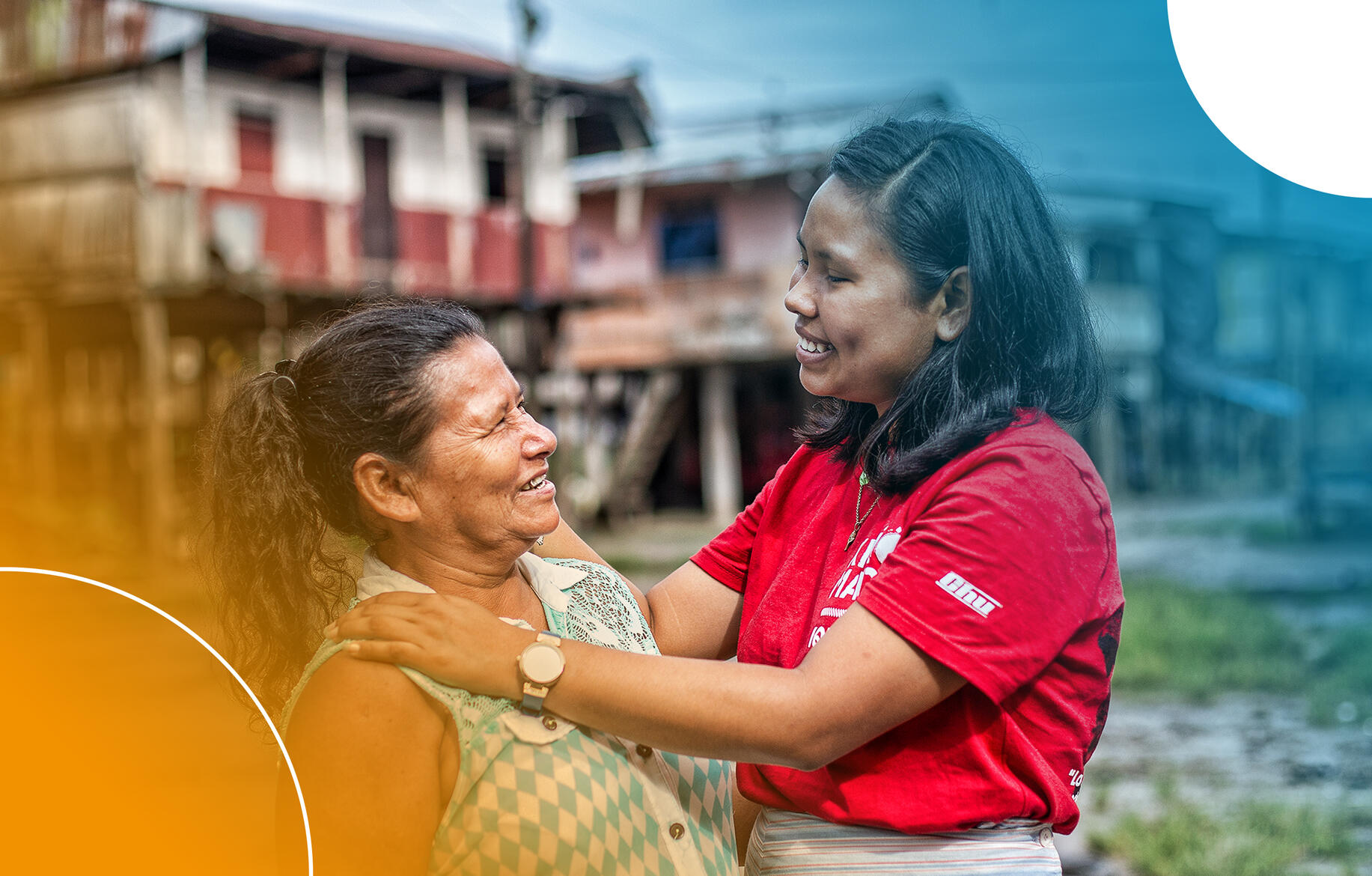The COVID-19 pandemic has had a devastating socio-economic impact. Gender violence has increased and the possibilities of accessing justice, protection and well-being for those who are victims of various forms of violence have become more complex. Additionally, the burden of domestic work has fallen more heavily on women. These situations are just some examples of the gender impact of the pandemic, which have affected the rights of women and placed them in a situation of greater vulnerability.
It is clear, then, that gender roles, mandates and stereotypes have determined a differentiated impact of COVID-19 between women and men. According to estimates by the United Nations Population Fund (UNFPA), this impact could represent a setback of one third of progress in the prevention of gender-based violence, the promotion of maternal health and the access to family planning.
Therefore, it is extremely important to disseminate the seriousness of the gender impact of the pandemic and to advocate for the design of a public response to COVID-19, which seeks to address the specific needs of women. Looking at the pandemic with a gender lens is required in order not to leave any woman behind.
The pandemic has highlighted inequities, but it has also established opportunities to promote gender equality. The gender impact of COVID-19 has revealed the urgent need to ensure the inclusion of the gender approach in education from the first years of formation. Education with a gender and human rights approach is an essential tool to ensure equitable, democratic and fair relationships that ensure the maximum use of everyone's potential.
With this video we seek to raise awareness about the gender impact of COVID-19 in order to ensure better living conditions for women and a better exercise of their rights under conditions of equality and non-discrimination.


